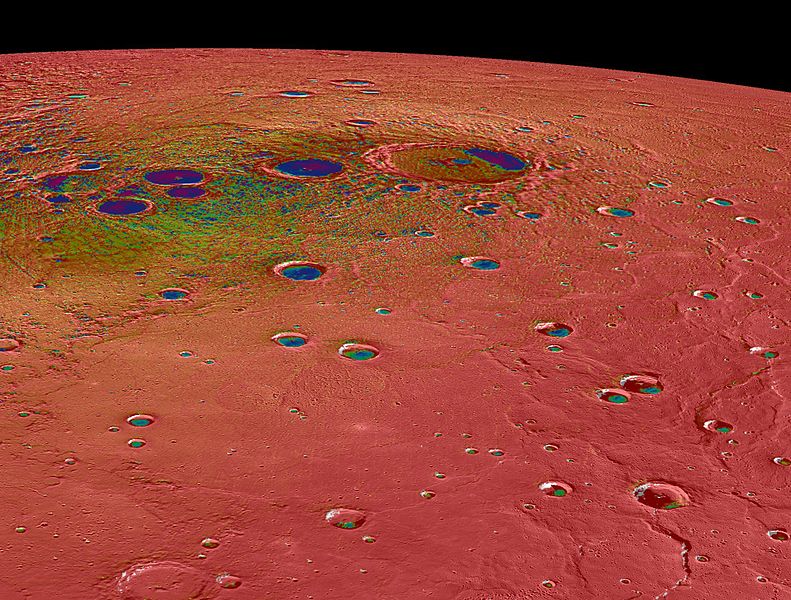Fitxer:PIA19247-Mercury-NPolarRegion-Messenger20150316.jpg

Mida d'aquesta previsualització: 791 × 600 píxels. Altres resolucions: 317 × 240 píxels | 633 × 480 píxels | 1.013 × 768 píxels | 1.280 × 971 píxels | 2.044 × 1.550 píxels.
Fitxer original (2.044 × 1.550 píxels, mida del fitxer: 714 Ko, tipus MIME: image/jpeg)
Historial del fitxer
Cliqueu una data/hora per veure el fitxer tal com era aleshores.
| Data/hora | Miniatura | Dimensions | Usuari/a | Comentari | |
|---|---|---|---|---|---|
| actual | 00:32, 17 març 2015 |  | 2.044 × 1.550 (714 Ko) | Drbogdan | User created page with UploadWizard |
Ús del fitxer
Les 2 pàgines següents utilitzen aquest fitxer:
Ús global del fitxer
Utilització d'aquest fitxer en altres wikis:
- Utilització a af.wikipedia.org
- Utilització a ar.wikipedia.org
- Utilització a be.wikipedia.org
- Utilització a bg.wikipedia.org
- Utilització a cs.wikipedia.org
- Utilització a en.wikipedia.org
- Utilització a et.wikipedia.org
- Utilització a fr.wikipedia.org
- Utilització a it.wikipedia.org
- Utilització a nl.wikipedia.org
- Utilització a pl.wikipedia.org
- Utilització a pt.wikipedia.org
- Utilització a www.wikidata.org



